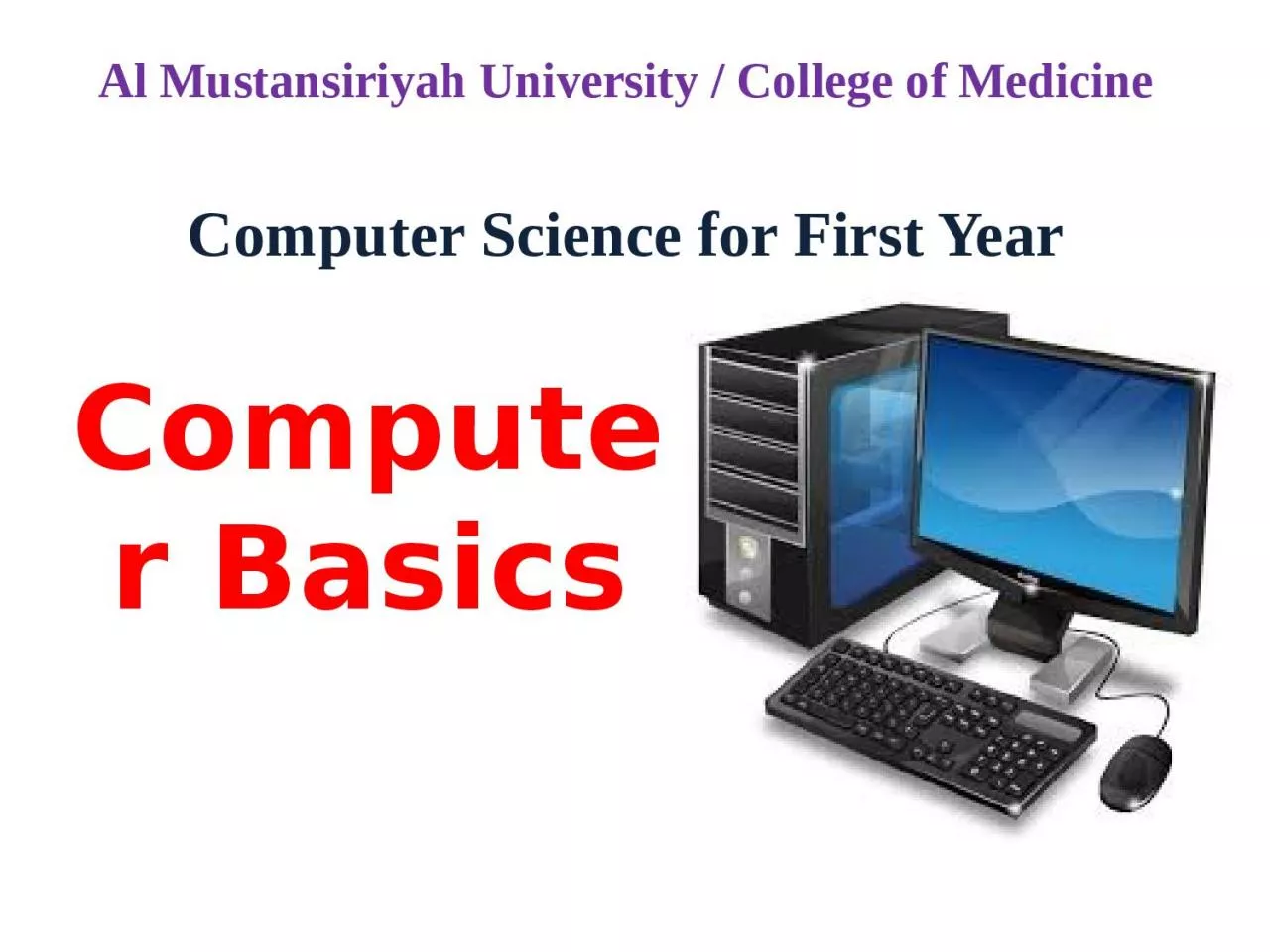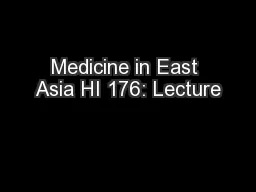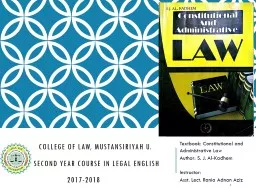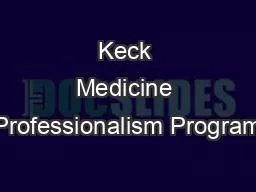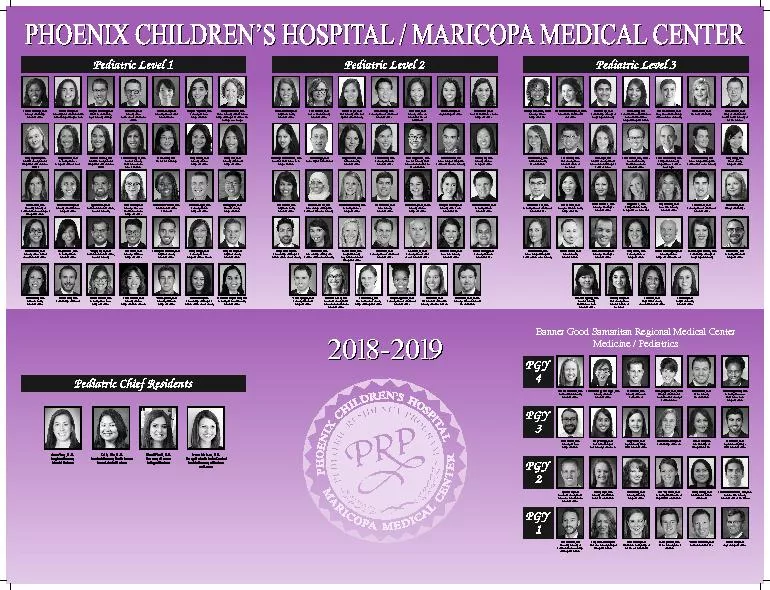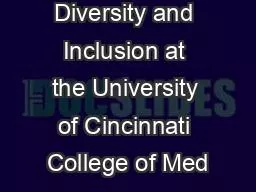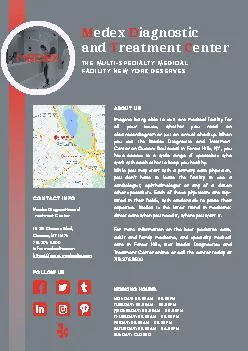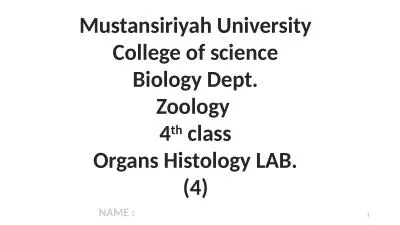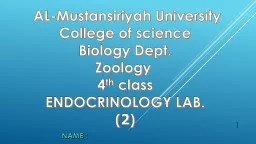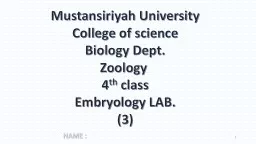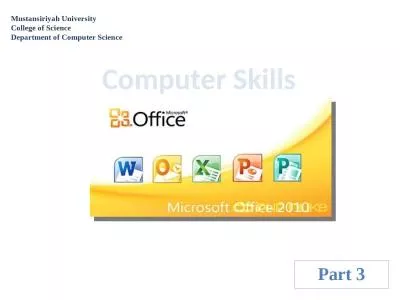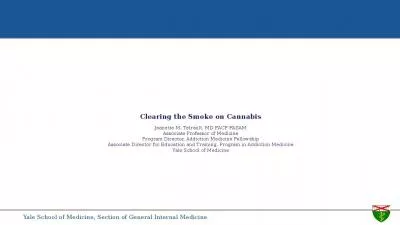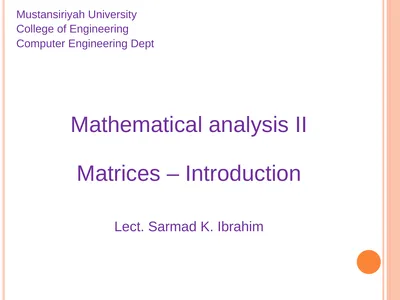PPT-Al Mustansiriyah University / College of Medicine
Author : eleanor | Published Date : 2023-06-24
Computer Science for First Year Computer Basics Today almost all of us in the world make use of computers in one way or the other It finds applications in various
Presentation Embed Code
Download Presentation
Download Presentation The PPT/PDF document "Al Mustansiriyah University / College ..." is the property of its rightful owner. Permission is granted to download and print the materials on this website for personal, non-commercial use only, and to display it on your personal computer provided you do not modify the materials and that you retain all copyright notices contained in the materials. By downloading content from our website, you accept the terms of this agreement.
Al Mustansiriyah University / College of Medicine: Transcript
Download Rules Of Document
"Al Mustansiriyah University / College of Medicine"The content belongs to its owner. You may download and print it for personal use, without modification, and keep all copyright notices. By downloading, you agree to these terms.
Related Documents

